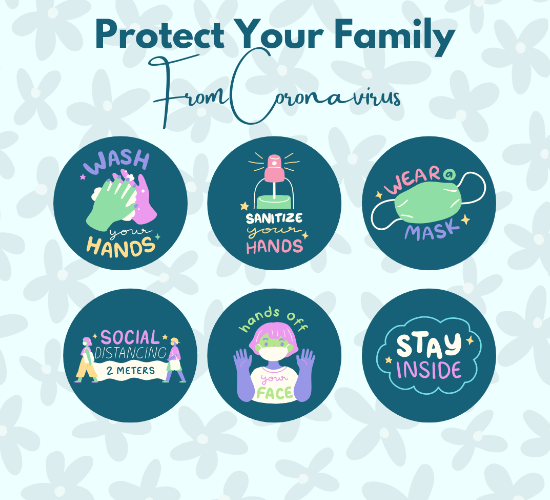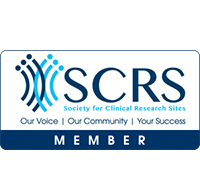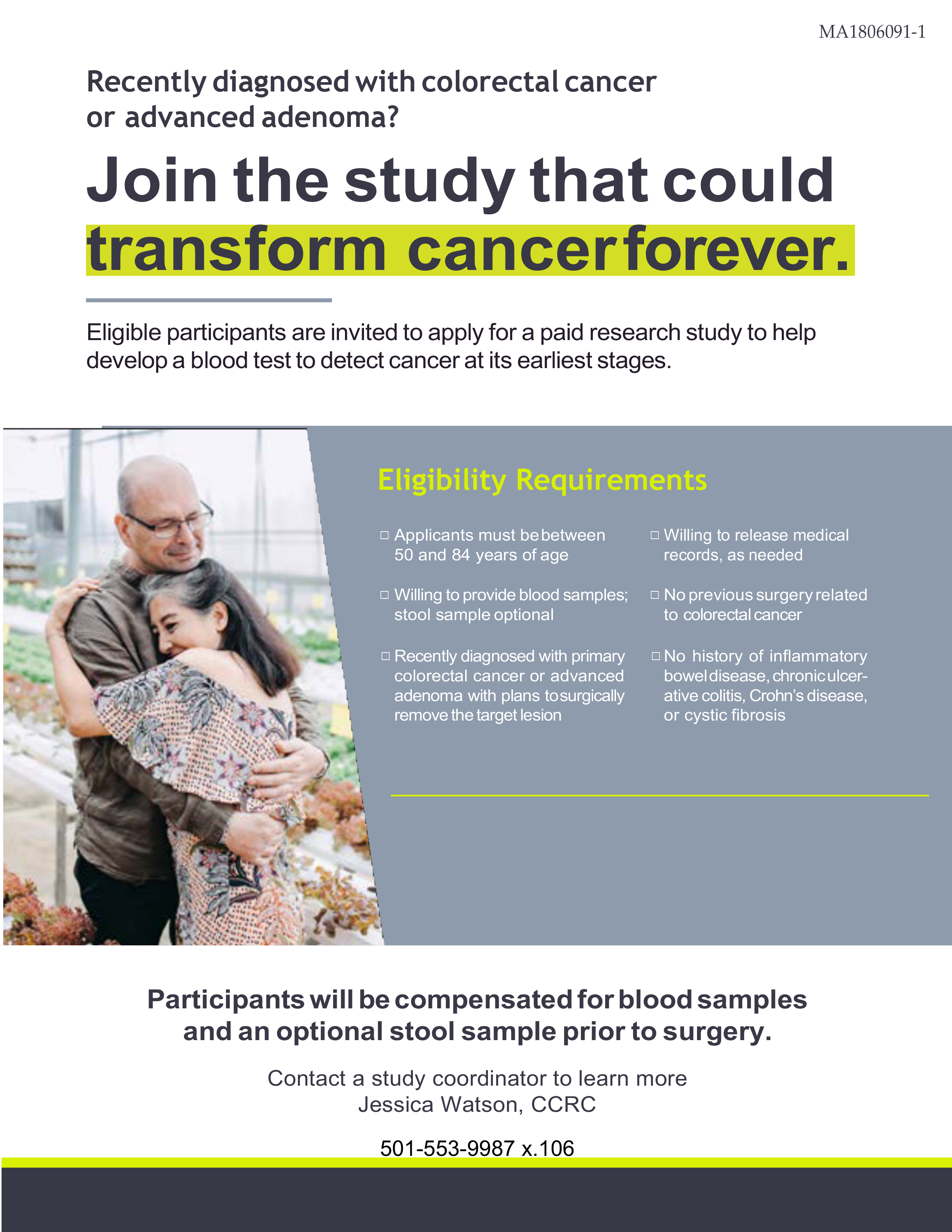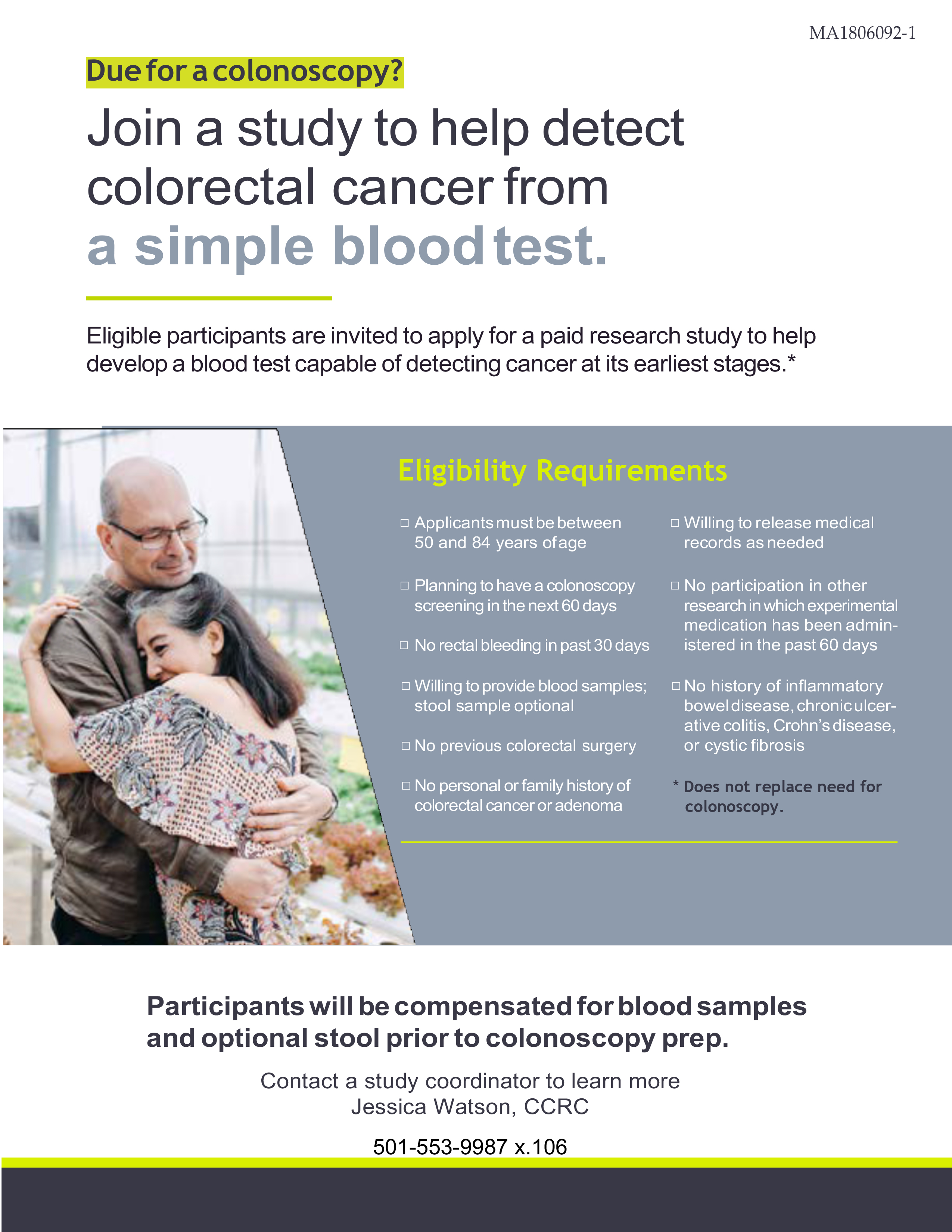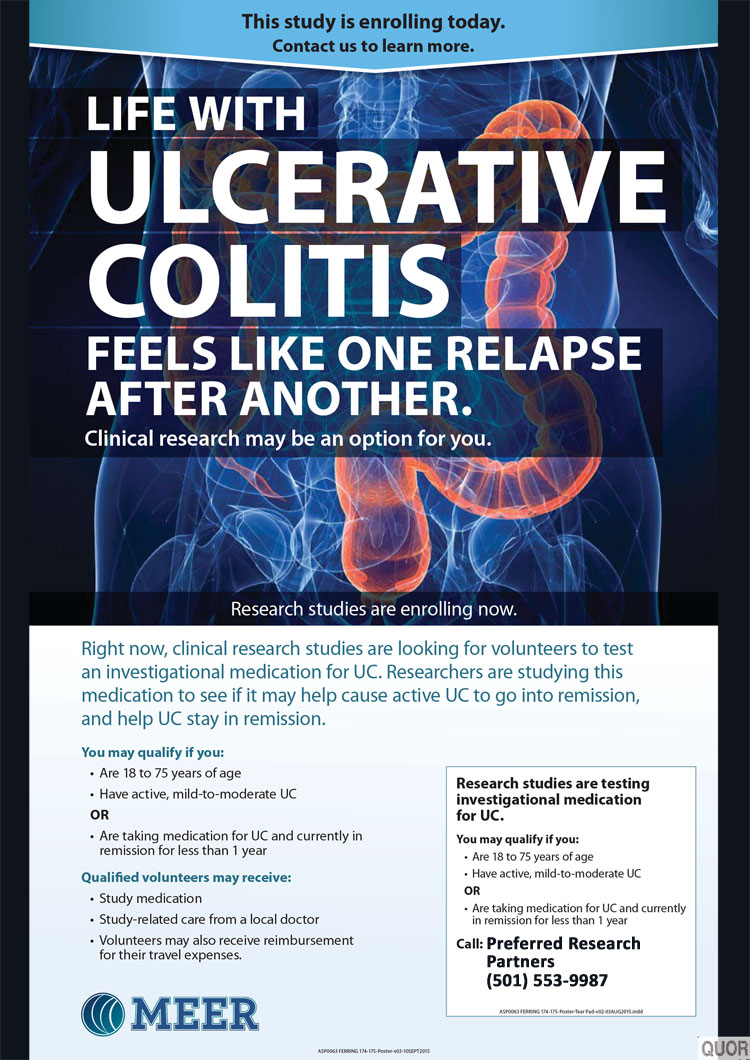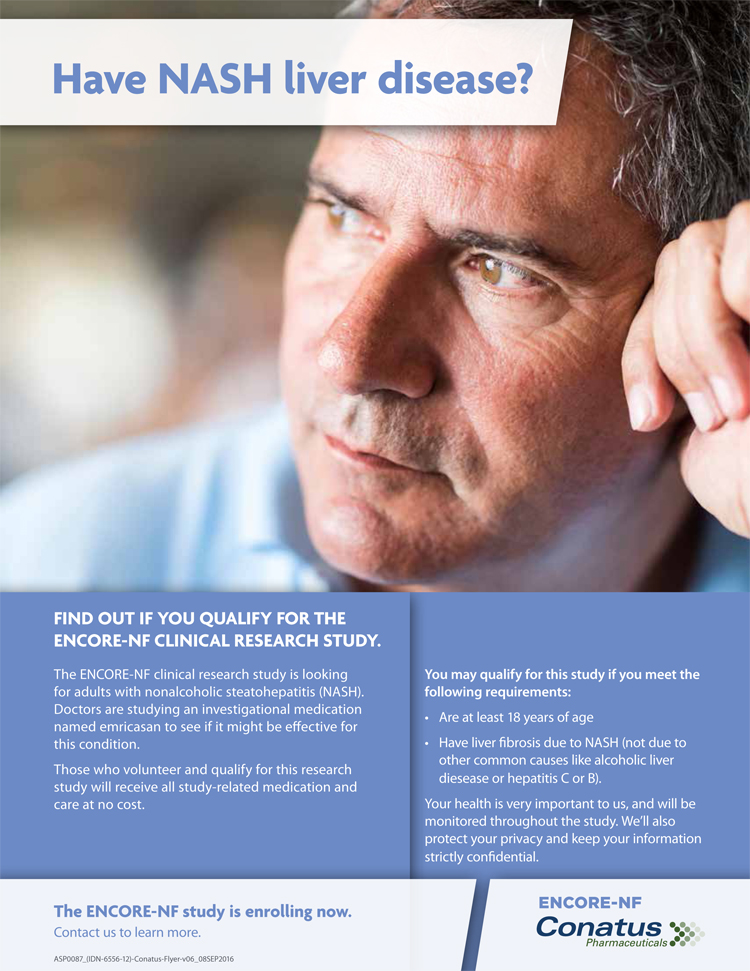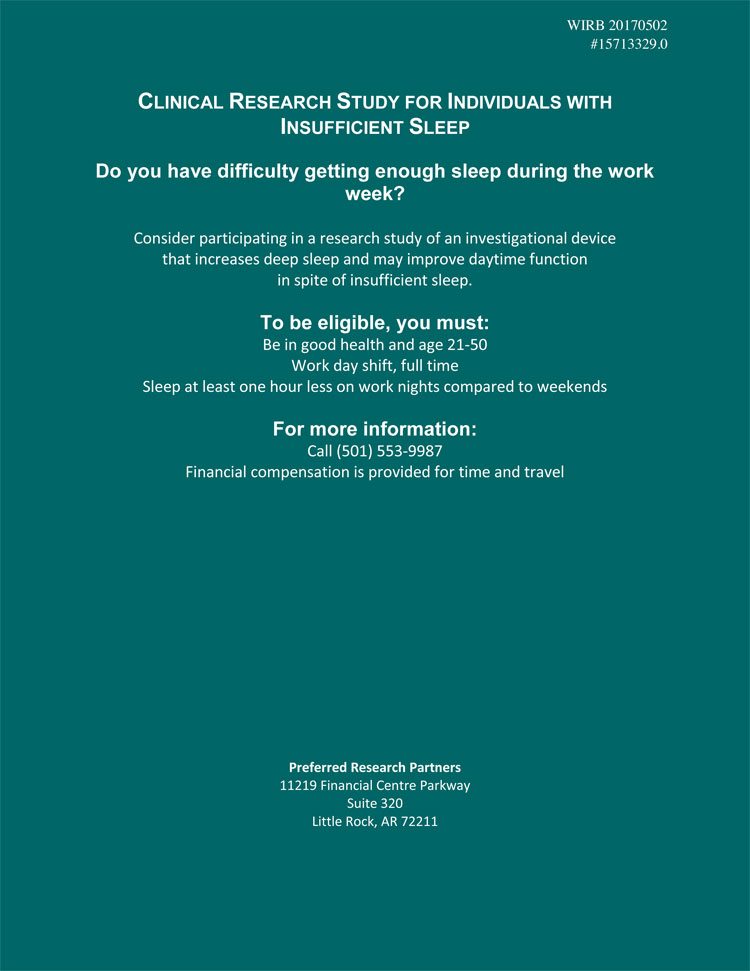COVID-19 has been around since the end of 2019, but we are still being directed to take precautions as there are new variants emerging since the pandemic started. There are many new COVID-19 cases each day in the United States, and our first step is taking the proper precautions to protect ourselves from contracting the virus.
COVID-19 primarily spreads through respiratory droplets when an infected person coughs, sneezes, talks, or breathes. It can also spread by touching surfaces or objects contaminated with the virus and then touching the face, particularly the mouth, nose, or eyes. This is especially seen in many areas where children are: daycares, schools, sporting events, etc.
When transmission is high, and cases are increasing, take these preventative measures into account to protect yourself and your family.
Preventative Measures:
- Isolation and Quarantine: If a household member tests positive for COVID-19, they should isolate themselves from others within the household. If someone has been in close contact with a confirmed case but hasn’t tested positive, they should also quarantine to prevent potential spread.
- Physical Distancing: When possible, maintain physical distance from the infected individual, at least 6 feet away and avoid hugging, hand shaking, and kissing.
- Wear Masks: Infected individuals should wear masks if they need to interact with others in the household. Other household members should also wear masks when they are around the infected individual or when physical distancing isn’t possible.
- Hand Hygiene: Encourage everyone in the household to wash their hands frequently with soap and water for at least 20 seconds. Use hand sanitizer if soap and water aren’t available.
- Cough and Sneezing Properly: Cover your mouth and nose with a tissue or your elbow when you cough or sneeze. Dispose of tissues properly and wash hands immediately.
- Disinfection: Regularly clean and disinfect frequently touched surfaces such as doorknobs, light switches, countertops, and shared electronics. If infants or young children are in the home, disinfecting their toys often is important as many babies stick toys and hands in their mouths constantly.
- Separate Personal Items: Avoid sharing personal items like utensils, towels, and bedding with the infected individual.
- Open Windows and Ventilate Home: Improve indoor ventilation by opening windows and using fans to increase air circulation. This can help reduce the viral particles in the air.
- Monitor Symptoms: Keep an eye out for COVID-19 symptoms in all household members, such as fever, cough, shortness of breath, loss of taste or smell, fatigue, and body aches. Keeping documentation of everyone’s symptoms is beneficial for medical professionals. Seek medical attention if anyone develops severe symptoms.
- Testing: Testing can help identify asymptomatic cases and prevent further spread.
- Vaccination: Vaccines have become a crucial tool in preventing severe illness and reducing transmission. Vaccination efforts aim to reduce the severity of the disease and limit its spread within communities.
Remember that preventing COVID-19 transmission requires a combination of these measures. It’s crucial to stay informed about the latest guidelines and recommendations from reputable sources, as the situation can evolve over time.
Noticing Symptoms?
Symptoms are seen to appear 2-14 days (about 2 weeks) after the initial exposure. Common symptoms include fever or chills, cough, shortness of breath or difficulty breathing, fatigue, muscle or body aches, loss of taste or smell, sore throat, and headache. Some individuals, especially older adults and those with underlying health conditions, can develop severe symptoms such as pneumonia and acute respiratory distress syndrome. Most cases of COVID-19 are mild and can be managed with rest, fluids, and over-the-counter medications to relieve symptoms. Severe cases may require hospitalization and oxygen therapy.
The pandemic has led to significant disruptions in daily life, including lockdowns, travel restrictions, and changes in work and education. Health systems around the world have faced challenges in managing the influx of COVID-19 patients. Staying proactive in protecting yourself and your loved ones is the best route to keeping COVID-19 minimized in our homes.
It’s important to note that information about COVID-19 is continually evolving as scientists and healthcare professionals learn more about the virus and the strands that are being seen. For the most up-to-date and accurate information, it’s recommended to refer to official sources such as the World Health Organization (WHO) and the Centers for Disease Control and Prevention (CDC).
What if you could protect your family from catching COVID-19 at home?
The SCORPIO-PEP study is being done to learn whether an oral investigational medicine, S-217622, can prevent COVID-19 in those exposed to it. Find out if you qualify to participate by visiting our study page.

